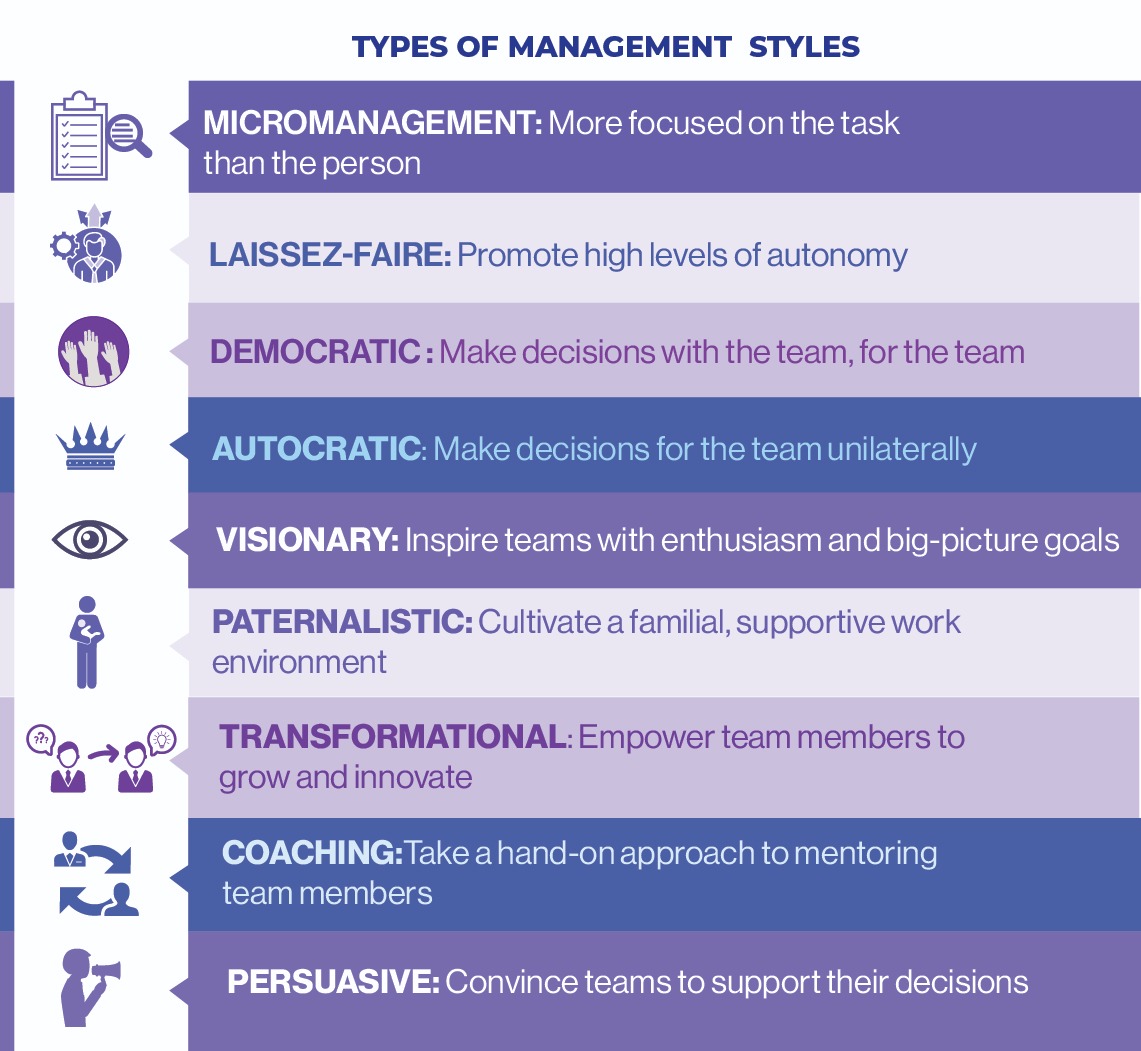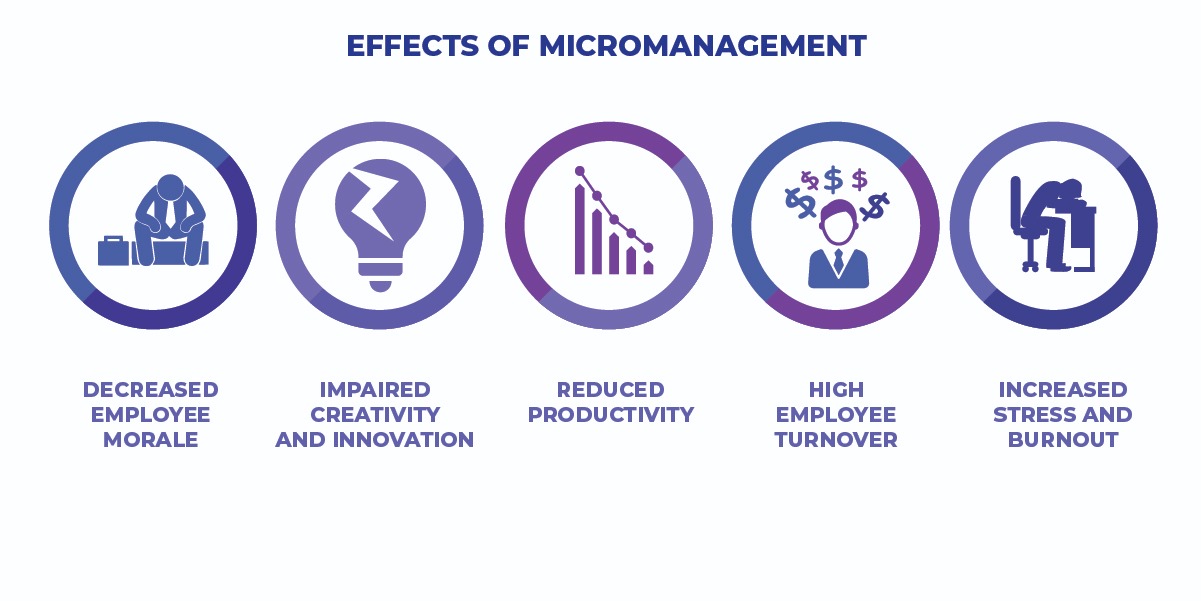
Introduction
Effective management is a critical component of organisational success, and there are various management styles that leaders can adopt. While some approaches, such as participative or transformational leadership, have been shown to foster employee engagement and drive positive outcomes, micromanagement is widely recognised as an undesirable management style.

The Impact of Micromanagement on Employees and Organisations
Micromanagement is a management style characterized by an excessive focus on controlling and closely monitoring employees’ work, often to the detriment of the organization. Research has consistently demonstrated the negative impacts of micromanagement on both individual employees and the broader organization.
Studies have found that micromanagement can lead to decreased employee morale, motivation, and job satisfaction, increased stress and anxiety among employees, and diminished creativity, innovation, and team cohesion.
The failure rate of micromanagement is significant, with 70% of employees reporting decreased morale and 55% stating that micromanagement hurts their productivity. This information is supported by a study mentioned in the LinkedIn article “Micromanaged Employees Are More Likely To Quit”. ( https://www.linkedin.com/pulse/micromanaged-employees-more-likely-quit-helpsideteam/)
Effects of Micromanagement on Employees
Micromanagement negatively impacts employees in various ways:

Impact on the Organization
- Bottlenecked Decision-Making: Micromanagement slows down decision-making processes as everything requires approval from the manager. This can hinder responsiveness to changing market conditions and stifle organizational agility.
- Weakened Leadership Development: Micromanagement prevents managers from focusing on strategic planning and leadership development. Instead of nurturing talent, micromanagers spend excessive time on minutiae, neglecting their role in fostering growth within their teams.
- Diminished Team Cohesion: Trust and collaboration suffer in micromanaged environments. Team members may become reluctant to share ideas or cooperate with colleagues due to fear of repercussions from overbearing managers.
Avoiding Micromanagement
- Establish Clear Expectations: Clearly outline objectives, deadlines, and desired outcomes upfront. Provide guidelines and resources, then step back and allow employees the autonomy to execute tasks.
- Encourage Open Communication: Foster a culture where employees feel comfortable expressing concerns, asking questions, and offering suggestions. Build trust through transparent and respectful dialogue.
- Delegate Authority: Assign tasks and responsibilities based on employees’ strengths and capabilities. Empower them to make decisions within their scope of work.
- Focus on Results, Not Methods: Define what success looks like and allow employees the flexibility to determine how best to achieve it. Monitor outcomes and provide constructive feedback rather than dictating procedures.
- Invest in Training and Development: Equip employees with the skills and resources they need to excel independently. Continuous learning encourages confidence and reduces the need for constant oversight.
- Lead by Example: Managers should demonstrate trust in their teams by delegating appropriately and providing support when needed. Show appreciation for initiative and effort, not just final outcomes.
Given the well-documented drawbacks of micromanagement, it is crucial for leaders to understand the importance of avoiding this counterproductive management approach. By adopting more empowering and trust-based management styles, organisations can unlock the full potential of their workforce and achieve sustainable success. By cultivating trust, promoting autonomy, and fostering a culture of empowerment, leaders can mitigate the damaging impact of micromanagement and create an environment where employees thrive and organisations flourish.
